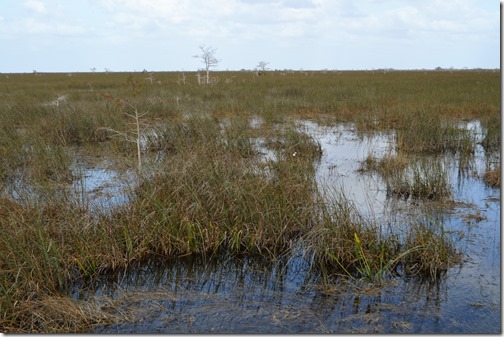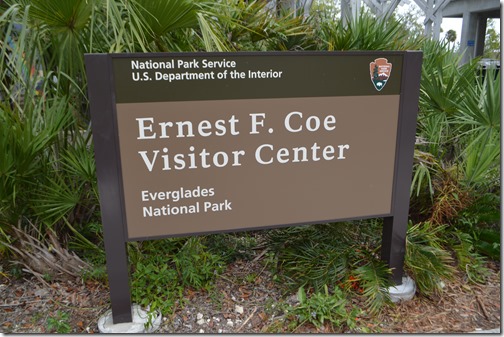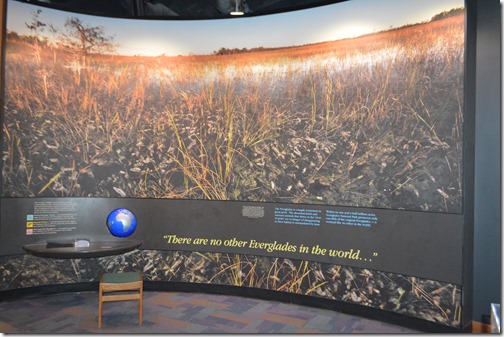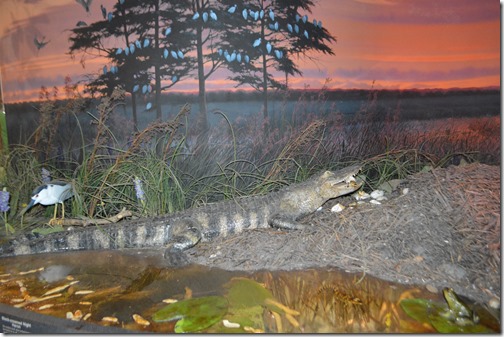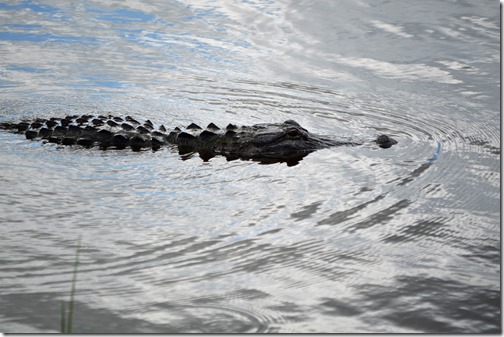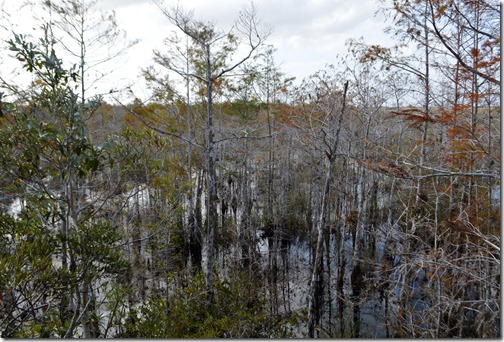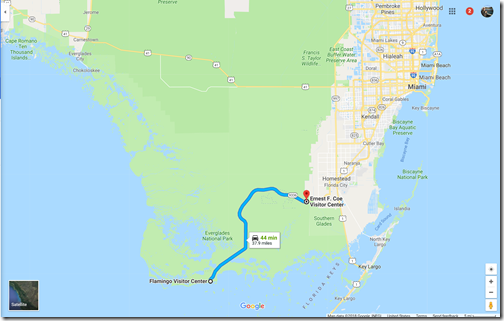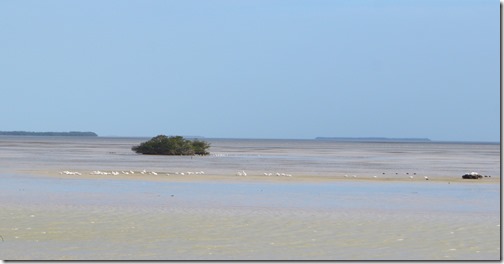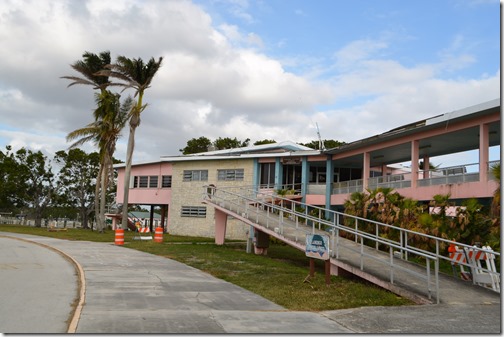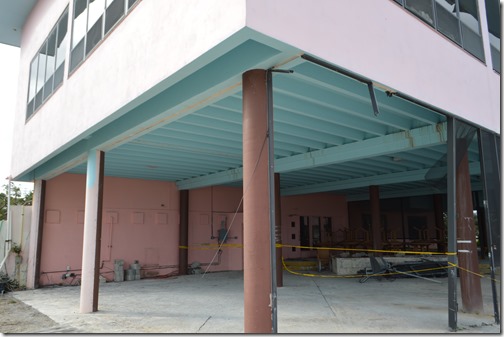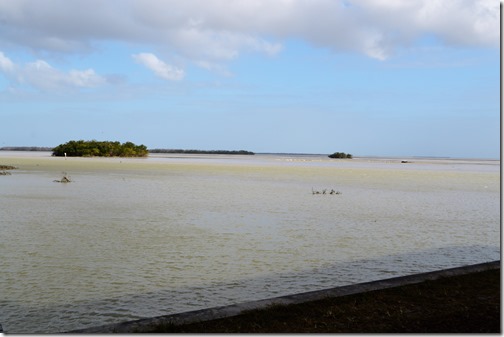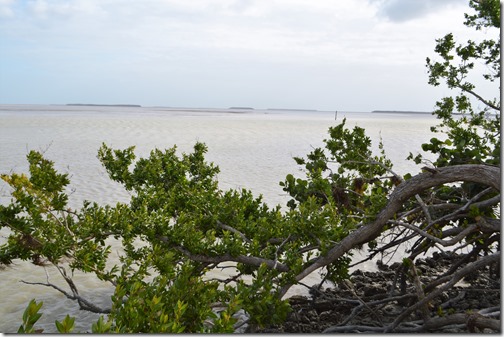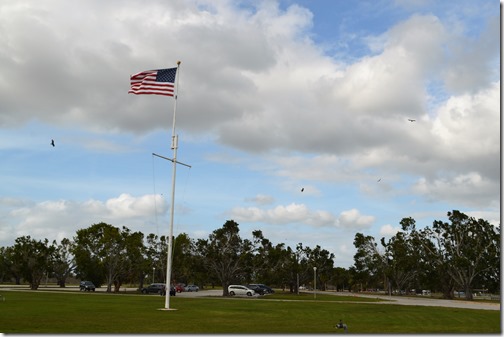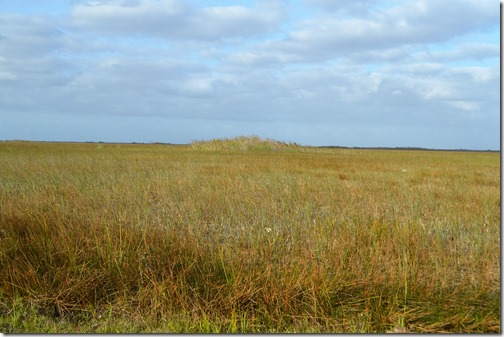On the drive from Key West to Miami Airport in January 2018, I made a detour into Everglades National Park arriving at the Ernest F. Coe entrance from U.S. Route 1 outside Florida City. Ernest F. Coe Visitor Center is the main park center with a physical address of Homestead, Florida.
I kept thinking I was lost as the road directions changed to a 90-degree turn several times as I drove through Florida City and then through agricultural fields.
A tour I attended a few years before at Lake Apopka, Florida’s second largest natural lake, educated me to the environmental natural disaster agricultural practices of the past century inflicted on the precious wetlands ecosystem through wastewater contamination by fertilizers and pesticides. Square miles of agricultural fields gave way to grasslands only a couple miles from the Ernest F. Coe Visitor Center.
The skies were mostly clear, temperature 75 and a steady strong breeze blowing air.
The Everglades National Park film played to an audience of my parents and me in the mostly empty visitor center.
The diorama with a stuffed alligator was the only large reptile I saw on my trip.
Not quite the thrill I had when photographing a large alligator at Lake Apopka, Florida in 2015.
With no particular objective I headed towards Flamingo Visitor Center, about 37 miles into the park. The relatively flat landscape over the miles revealed mostly grass covered wetlands with the occasional stands of forest.
Every few miles or so an elevation sign beside the road indicated 3 or 4 feet above sea level. Everglades National Park is slowly moving water from the higher elevation of Lake Okeechobee to sea level in the southern Everglades.
Flamingo Visitor Center is where the wetlands meet the sea.
View from Flamingo Visitor Center.
Flamingo Visitor Center suffered wind damage from Hurricane Irma in September 2017.
A ranger with binoculars said the large flock of white birds gathered on a sandbar in the distance were white pelicans wintering in the Everglades.
With only a few cars in the parking lot and a feeling that I had driven as far as one can drive into the Everglades without a boat, my adventure was pretty much done.
Everything seemed quiet and peaceful with only a bunch of turkey vultures circling in the strong breeze winds overhead as the most interesting thing in motion.
All in all, the Everglades National Park drive was a pleasant enough day drive, but I left feeling like I did not get as much as I would have liked out of the experience. One of the primary reasons is I violated my own National Park visitor rule of hiking at least an hour outside. Two 15 minute hikes and reading a few sign displays were insufficient to feel like I was in the middle of something really special.
Yet, the 90 minutes or so I spent driving through the Everglades was certainly peaceful and remote compared to the nightmare I was about to experience a couple hours later as I drove to Miami Airport during evening rush hour traffic in a rain storm.


